In Belgium the Ardennes region in the eastern part of the
country is considered to be the mountains. I recall one friend of my mother’s
telling us on our 1985 visit that we should go there because it’s a little like
Switzerland. Well, that’s a bit of a stretch, but in a country that’s densely
populated and mostly flat a hilly area with altitudes up to around 2,000 feet
and lots of open space is appealing.
Americans know the Ardennes mostly as the location of the
Battle of the Bulge, the last German offensive of WWII in December 1944 when
German troops temporarily retook part of the region in an attempt to reach the
port of Antwerp. The fierce fighting in the area led to some of the highest
American casualties of the war, even greater than the D-Day invasion of
Normandy several months earlier. The most famous WWII spot in the region is
Bastogne, a town that was surrounded by German troops but held out without
surrendering through air drops for several weeks until the German advance was
reversed.
Back when I was younger I used to hear a lot about the
Battle of the Bulge.
Maybe it was because my father was somewhat of a WWII buff
and watched TV documentaries about the war, but maybe thirty or forty years ago
there were far more people who were alive at the time and remembered it so more
interest in WWII than there is today. I also recall my aunt telling me about
their visit with my cousin to Bastogne. Maurice, my cousin, was born in Belgium
but moved to the U.S. as a child and eventually rose within the U.S. Army to Lieutenant
Colonel rank, so the monument to American Soldiers at Bastogne as a symbol of
Belgian-American friendship was very meaningful.
The Mardasson
American War Memorial is still there, but there’s also a large Bastogne War
Museum alongside, which only opened in 2014 for the 70th anniversary
of the battle. Despite all the war documentaries I saw, my memory of the
specifics of the battle were pretty fuzzy. Both seem to be very popular still
with Americans. I kept thinking, “Where did all these Americans suddenly come
from? I’ve hardly seen any in weeks.”
The museum has a strongly Belgian perspective on things and relates the
battle to other events in Belgium pre- and post-war.
On my way to Bastogne I passed through some of the towns like
Malmedy and Stavelot that were largely destroyed during the battle and were
also known for a significant number of Nazi atrocities against civilians at the
time. Mostly, though, I was impressed
with the scenery in the Ardennes, countryside ranging from rolling to ruggedly
hilly and a mixture of thick forests and pastureland. And the food is great
too! I had a couple great meals featuring mostly local specialties like
floriflette and local cheeses and charcuterie.
The other thing I’ve noticed so far in Wallonia is that many
people, even younger ones, speak virtually no English, a significant contrast
to Flanders and Netherlands where almost everyone speaks English or nowadays
even France where it’s taught in school.
Apparently, most students in Wallonia don’t learn English or maybe any
other foreign languages, or for that matter the other language of Belgium.

 Bastogne, Walloon Region, Belgium
Bastogne, Walloon Region, Belgium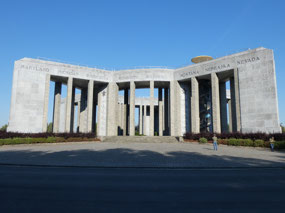
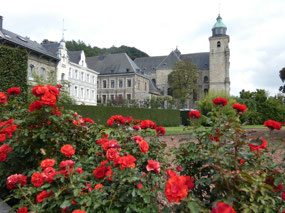
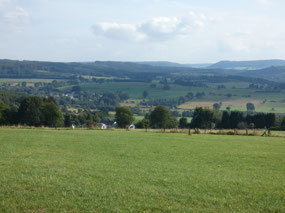





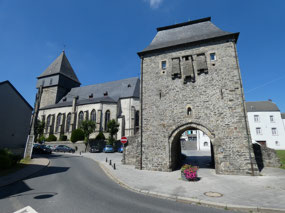
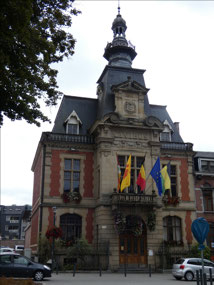
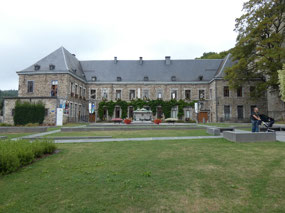
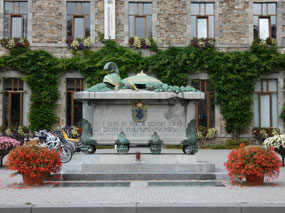
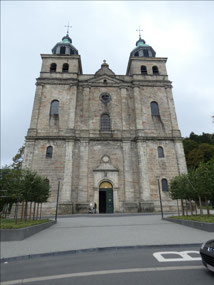
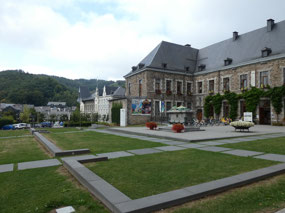
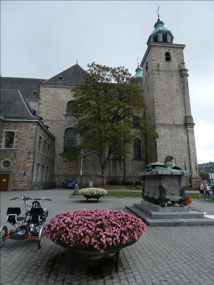
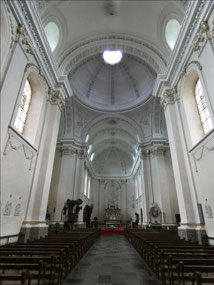
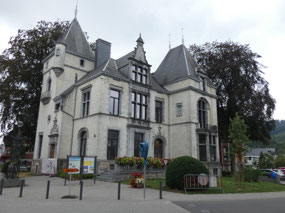
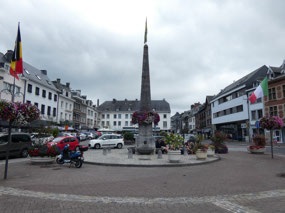
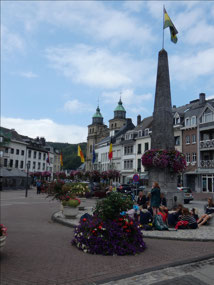
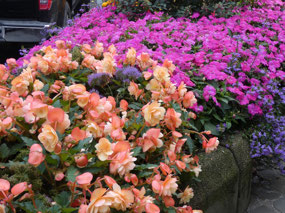
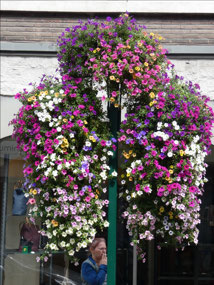
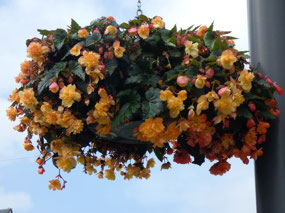
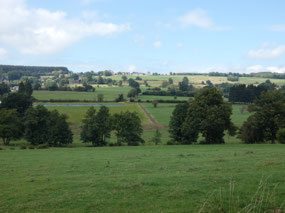
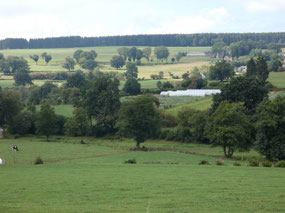
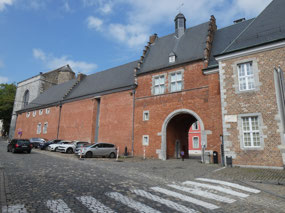
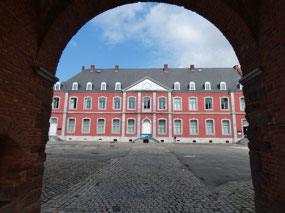
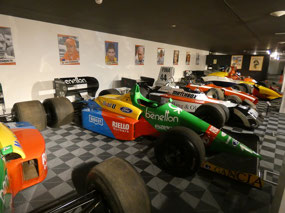
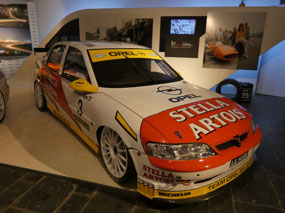
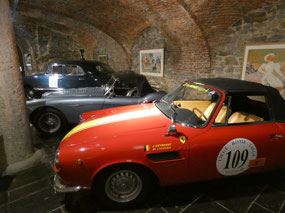
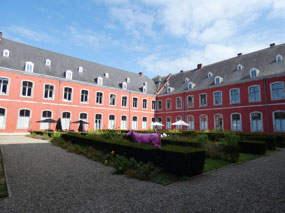
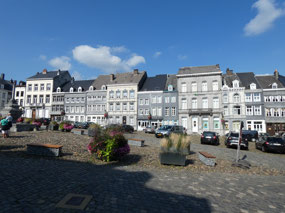
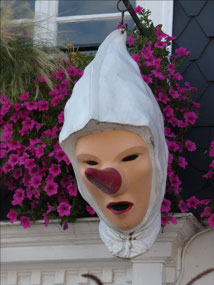
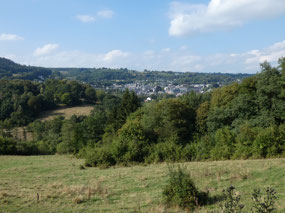
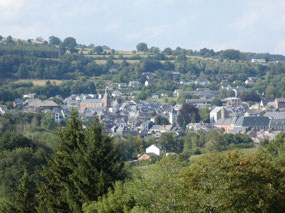
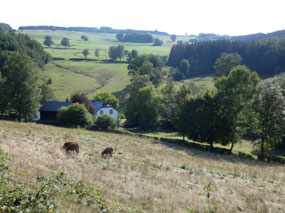
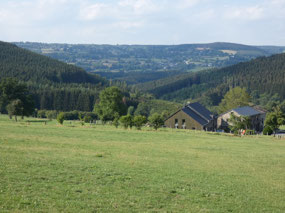
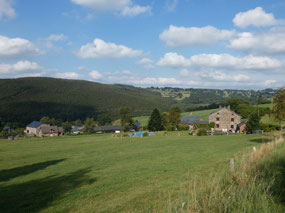
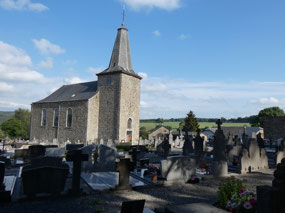
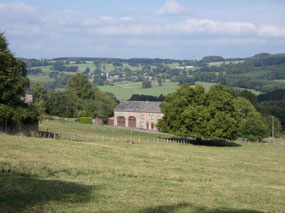
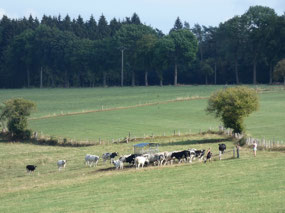
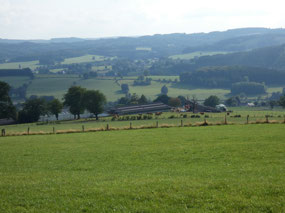
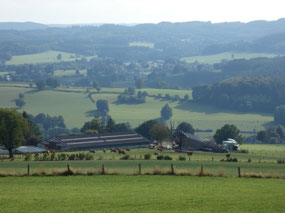
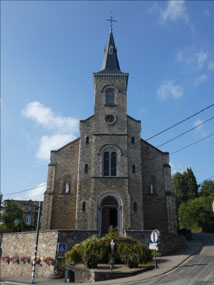


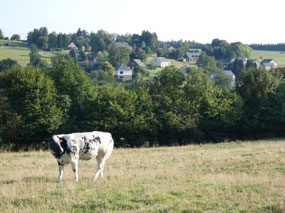
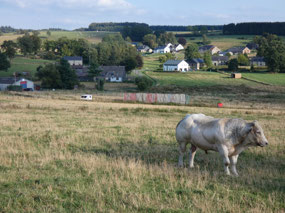
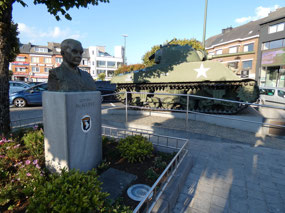
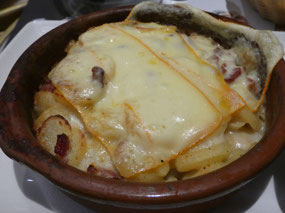
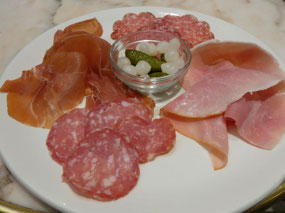
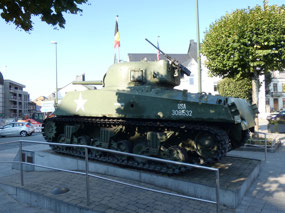
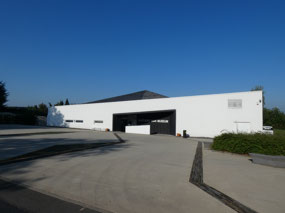
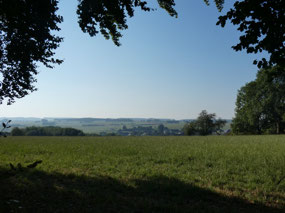
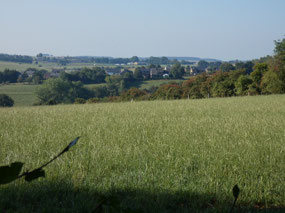

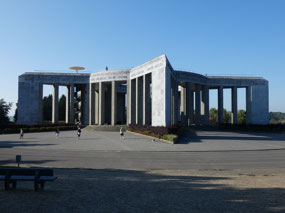
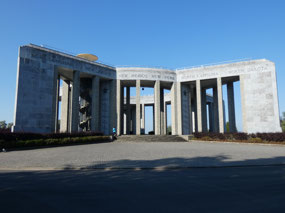
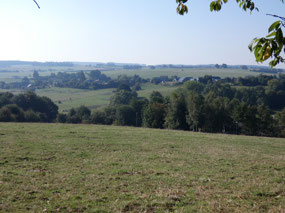
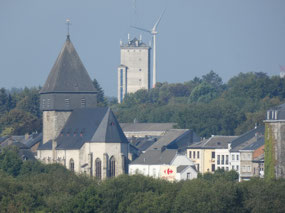
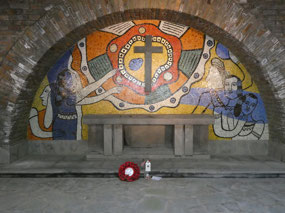
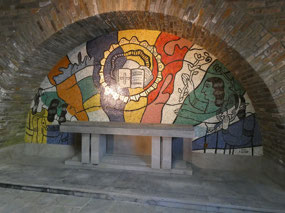
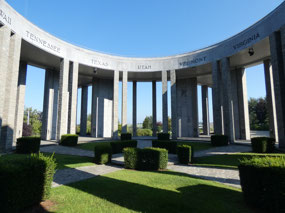
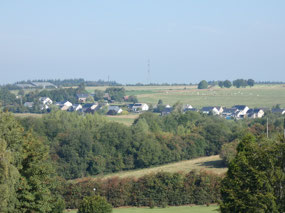
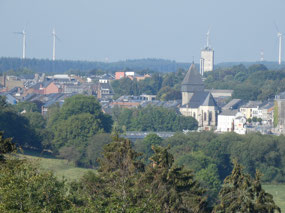

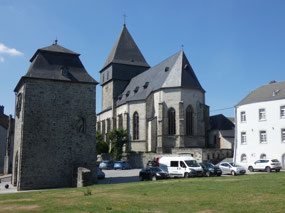
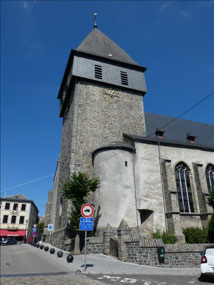
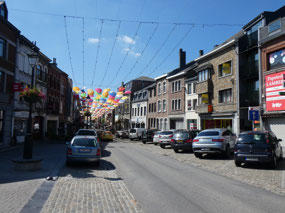
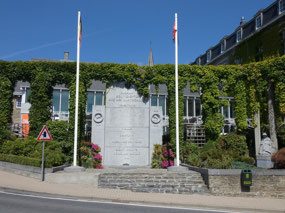
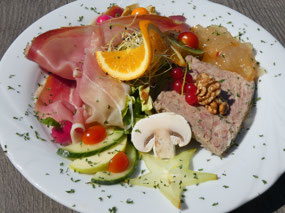
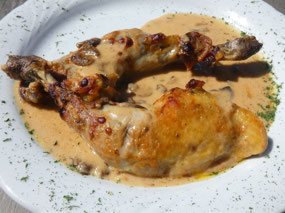
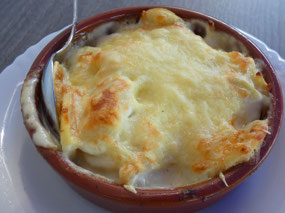
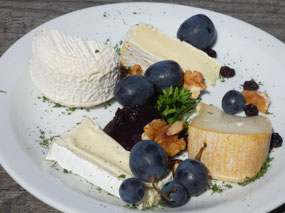

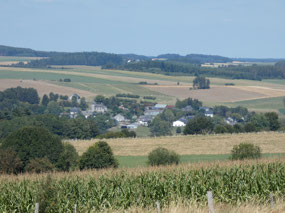
2025-05-22